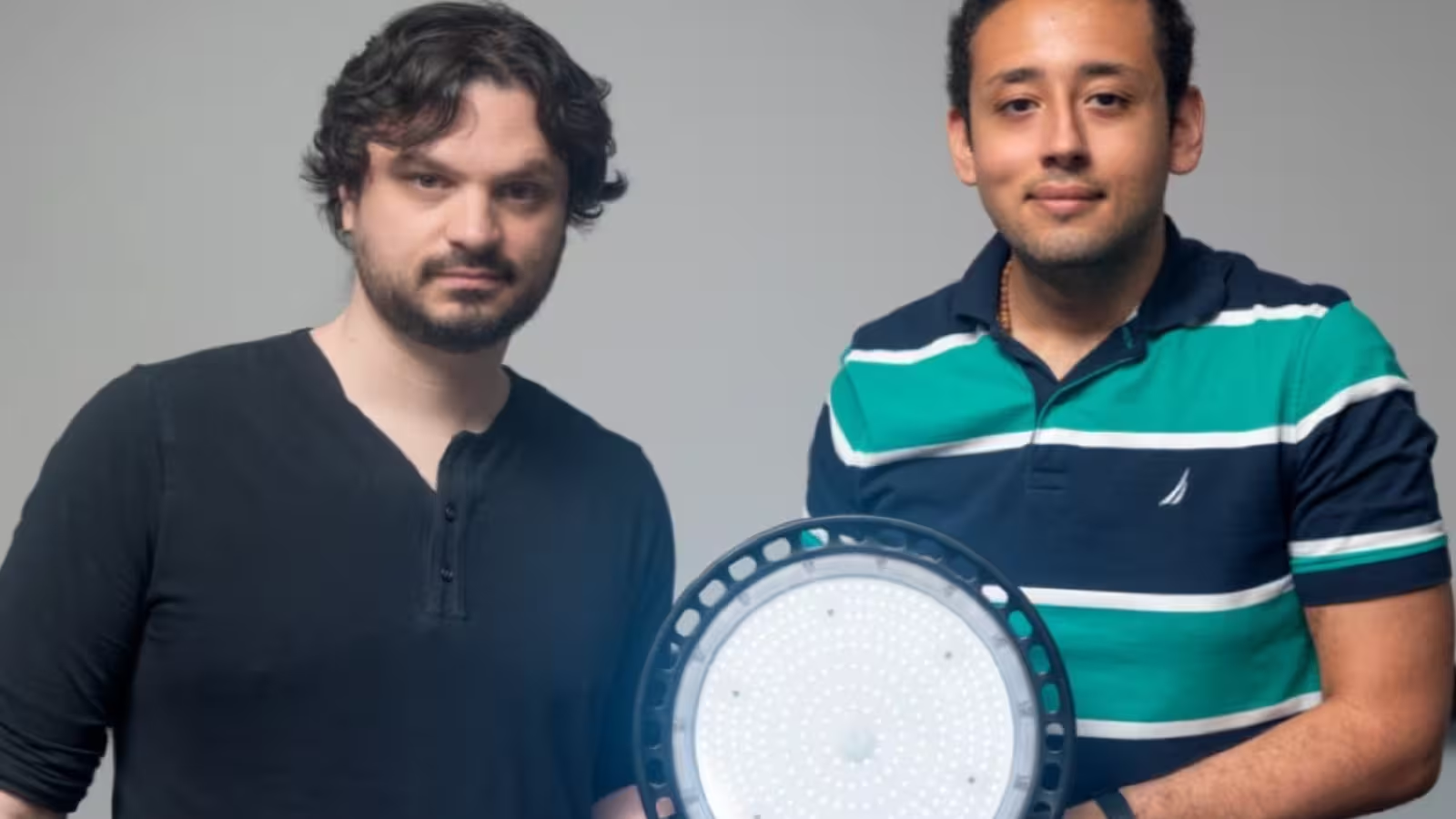6 Minutes
Overview and scientific context
Manipulated and AI-generated video now rivals authentic footage in realism, creating major challenges for journalists, forensic analysts and the public. Researchers at Cornell University have developed a novel approach, called noise‑coded illumination (NCI), that embeds covert, time‑stamped watermarks into subtle fluctuations of light. Presented at SIGGRAPH 2025 and described in ACM Transactions on Graphics, this method aims to restore an information advantage to verifiers by encoding signals into lighting that are difficult for forgers to reproduce or learn from publicly available data.
Video forensics has long relied on information asymmetry: forensic techniques must use signals that adversaries cannot easily obtain or model. Conventional digital watermarking and checksums can detect file changes, but they have practical limitations. Some require control of the capture device, access to the original unmodified file, or they cannot distinguish benign transformations such as standard compression from malicious edits like object insertion or compositing. NCI tackles those gaps by shifting the watermarking layer from file bits to physical illumination patterns that are perceptually invisible yet recoverable by algorithms.
How noise‑coded illumination works
Noise‑coded illumination hides faint, pseudo‑random light variations in common light sources such as computer monitor output or room lamps. A small piece of software modulates the device's emitted light according to secret codes, producing a family of low‑fidelity, time‑stamped reference videos the team calls code videos. These code videos represent how the scene would appear under slightly different lighting modulations and act as embedded witnesses to the original capture conditions.
When a recorded video is altered, the manipulated regions tend to contradict the lighting signatures embedded across the set of code videos. By comparing captured footage against the suite of code videos, the system highlights inconsistencies that point to tampering. Because the modulation is designed to resemble natural noise, it remains inconspicuous to human viewers and to most automated tools, yet it is extractable when the secret code is known. The technique can be implemented in software for displays and some smart lights, or added to off‑the‑shelf lamps using a small controller chip.
Validation, robustness and implications for forensic workflows
The Cornell team evaluated NCI against a wide spectrum of manipulations: temporal edits such as warp cuts and changes in playback speed, compositing operations, and AI‑generated deepfakes. The method retained effectiveness under realistic conditions, including subject and camera motion, camera flash, diverse skin tones, different compression levels, indoor and outdoor environments, and signal amplitudes below human perception.
Because the watermark comprises multiple code videos under different modulations, an attacker who discovers the existence of NCI faces a substantially higher bar. Instead of faking a single lighting pattern that matches one target video, the adversary must produce a set of consistent forgeries that agree simultaneously across all code videos. This multiplicity of constraints increases the computational and modeling complexity required to bypass the system and reintroduces information asymmetry for verifiers.
Researchers acknowledge that no single technique is a complete solution. NCI is an additional forensic layer designed to integrate with other provenance and authentication tools, such as metadata validation, secure hardware attestations and provenance registries. Its primary advantage is embedding authentication information at the physical capture layer rather than solely at the file level, which helps distinguish innocuous post‑processing from malicious edits.
Expert perspective
The project lead explained that treating video as an unquestionable record is no longer viable in an era of accessible generative models and editing software. By encoding watermarks into light itself, the researchers aim to make manipulated content easier to detect without requiring users to change their cameras or rely on single‑source checksums.
Related technologies and future prospects
Noise‑coded illumination complements other advances in media authentication and anti‑deepfake research. It parallels camera fingerprinting, sensor noise analysis and active authentication approaches that aim to bind content to trustworthy capture conditions. Future work could expand NCI to broader lighting ecosystems, optimize code design for energy efficiency and perceptual invisibility, and integrate the technique into newsroom and archival pipelines.
Longer term, the method suggests a promising strategy for resilient media provenance: move some authentication into the physical environment and diversify the signals that prove a video’s integrity. As generative models continue to improve, layered defenses that combine cryptographic provenance, hardware attestations and physical watermarking will likely be necessary to maintain trust in visual evidence.
Conclusion
Noise‑coded illumination introduces a new class of light‑based watermarks that can reveal manipulated video by embedding multiple time‑stamped, low‑fidelity reference videos within subtle lighting fluctuations. Validated by Cornell researchers on a range of edits and real‑world conditions, the approach restores information asymmetry for forensic analysts and raises the cost and complexity of producing convincing forgeries. While not a silver bullet, NCI adds an important, physics‑based layer to the growing toolbox for media authentication and could play a key role in defending truth in an age of increasingly realistic synthetic video.
Source: arstechnica


Leave a Comment